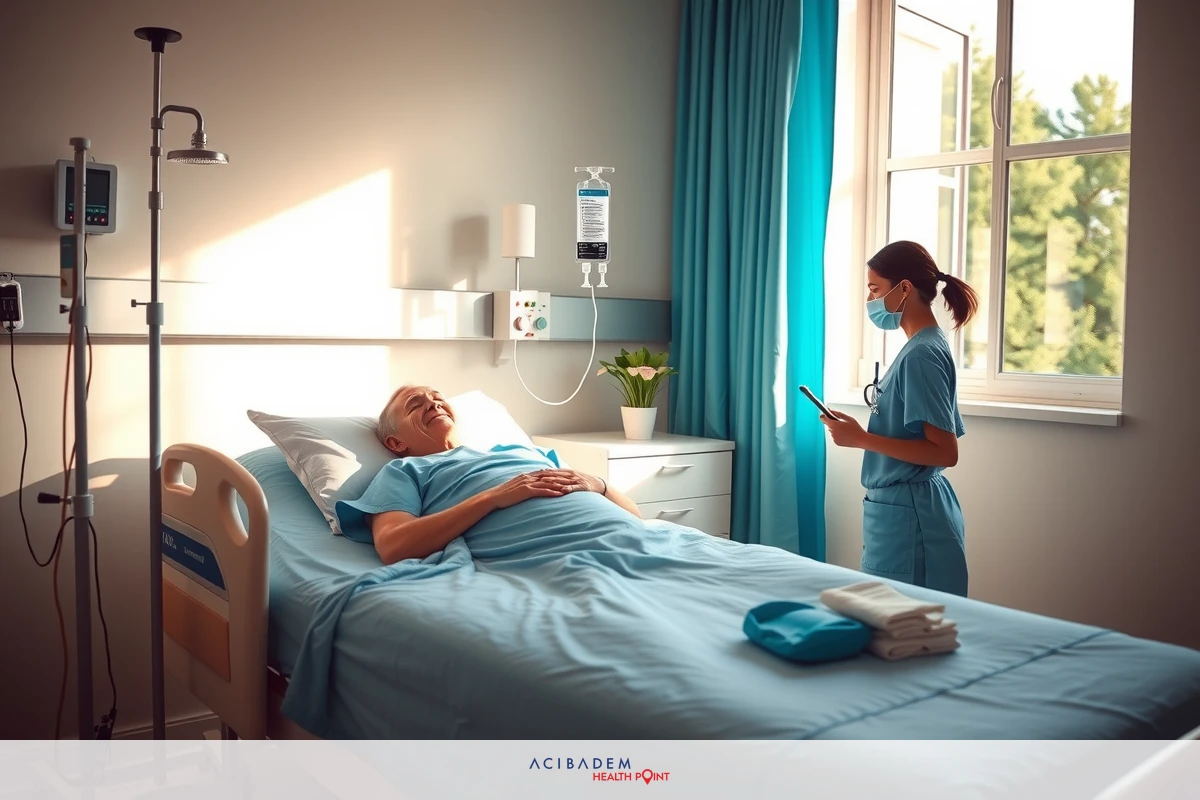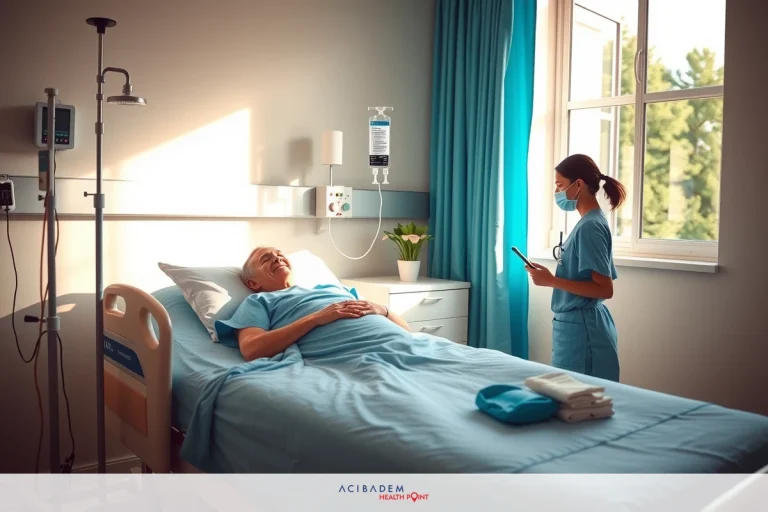What Dose of Tramadol for Rhinoplasty
What Dose of Tramadol for Rhinoplasty Tramadol, an opioid pain medication, frequently finds its use in the management of post-operative discomfort following rhinoplasty procedures. Due to its potent analgesic effects and lower risk profile compared to other opioids, it often serves as a first-line choice for clinicians aiming to ensure patient comfort during recovery. These benefits come with their own complexities; determining the right dosage is crucial.
The dosage isn’t arbitrary — it’s based on various factors such as individual tolerance levels, severity of surgical trauma, and any potential interactions with other medications that might be part of a comprehensive post-surgical care plan. Balancing these considerations can seem daunting but fear not! A clear understanding and careful application can optimize tramadol’s utility while minimizing risks.
Each patient’s needs are unique. Therefore, consulting healthcare providers or pharmacists about personalized dosages is essential before initiating therapy with this medication.
Why is Tramadol Prescribed for Rhinoplasty?
One might wonder why tramadol, specifically, is chosen as the means of pain relief after rhinoplasty. The nature of this medication and its interaction with our bodies provides a compelling answer. Unlike nonsteroidal anti-inflammatory drugs (NSAIDs), which primarily act by reducing inflammation, tramadol targets pain at its source in the nervous system.
This powerful analgesic works by changing how your body senses pain. It binds to opioid receptors in our brain and spinal cord, blocking transmission of pain signals from the surgical area to the brain. This mechanism makes it particularly effective in managing post-operative discomfort that often follows invasive procedures like rhinoplasty.
But why not other opioids? While morphine or fentanyl could theoretically provide similar benefits, they come with a higher risk profile – potential for addiction being chief among them. On the other hand, while still an opioid, tramadol poses less risk of dependency due to its dual-action effect; it also increases levels of serotonin and norepinephrine neurotransmitters that help modulate pain perception.
Tramadols dual mode action doesn’t just influence efficacy but also side effects profile. The serotonergic impact usually results in milder side effects than traditional opioids making tolerability better even over prolonged use such as during complete healing phase post-rhinoplasty a crucial element considering patient comfort extends beyond mere absence of physical discomfort.
For these reasons combined: effective pain management, lower risk profile, flexible dosage forms and better tolerability tramadol is often the preferred choice for post- operative care following rhinoplasty procedures. However, it’s important to remember that each patient’s needs are unique; hence personalized tramadol dosing under guidance of healthcare providers remains paramount.
What Dose of Tramadol for Rhinoplasty: Recommended Tramadol Dosage for Rhinoplasty
The dosage of tramadol post-rhinoplasty is a tailored approach, factoring in individual patient characteristics. Keep in mind that the goal of pain management isn’t just relief, but also facilitating recovery and minimizing side effects. For this reason, an understanding of recommended dosages can serve as a starting point to plan personalized regimens.
Typically, immediate-release forms of tramadol are started at lower doses—around 50- 100mg every 4-6 hours as

needed for pain—with maximum daily dose not exceeding 400mg. This strategy helps manage sporadic episodes of breakthrough pain without overwhelming the system with high initial doses that could cause unnecessary side effects such as nausea or dizziness—an important consideration immediately after surgery when body needs time to adjust.
Extended-release forms come into play when constant levels of analgesia are required over prolonged periods—a common requirement during early stages post rhinoplasty where healing process demands unhindered restful sleep cycles. A typical starting dose might be around 100mg once daily which can be titrated upwards by 100mg increments every five days depending on response and tolerability up until a maximum limit of about 300 mg per day.
An essential aspect while determining appropriate tramadol dosage revolves around patient-specific factors including age, weight, overall health status; even genetic factors influencing drug metabolism can play a part. Elderly patients or those with liver/kidney disease may require reduced doses due to slower drug clearance from their bodies —a higher dose under these circumstances may lead to build-up causing excessive sedation or other adverse reactions
While tramadol’s effective pain relief and favorable risk profile make it a valuable tool for post-operative care after rhinoplasty, the dosage isn’t one-size-fits-all. A careful
balance between managing discomfort and avoiding side effects through personalized dosing under guidance of healthcare providers is key to leveraging its full potential during recovery from such procedures.
What Dose of Tramadol for Rhinoplasty: Tips for Taking Tramadol Safely
Tramadol, while a valuable tool in managing post-operative pain after rhinoplasty, comes with its own safety considerations. These guidelines and precautions can help ensure the medication is used effectively and safely during your recovery.
To start with, it’s important to follow the prescribed tramadol dosage strictly. This includes not taking more than recommended or taking it more frequently than instructed.
1. Regular monitoring: Regularly visit your healthcare provider to assess how well the drug works and adjust dosages if needed. 2. Avoid mixing medications: Since tramadol interacts with many other drugs (like antidepressants), patients should always consult their doctor before starting any new medicine. 3. Beware of side effects: Nausea, vomiting, constipation and dizziness are common side effects of tramadol; reach out to your physician immediately if these become bothersome or persist. 4.Plan around meals: To reduce gastrointestinal discomforts like nausea that might arise when initiating therapy—taking medication after meals could be helpful. 5. Hydrate well: Adequate hydration aids in preventing constipation—a commonly seen opioid-related adverse effect.
The key point here is that each patient’s needs are unique; hence personalized guidance under supervision of healthcare providers remains paramount.
Frequently Asked Questions
Why is tramadol preferred for post-operative pain management after rhinoplasty?
Tramadol has a dual-action effect — it not only binds to opioid receptors in the brain, blocking transmission of pain signals but also increases levels of certain neurotransmitters that help modulate our perception of pain. This makes it effective in managing post-surgical discomfort while posing less risk of dependency compared to traditional opioids.
What is the typical recommended dosage for immediate-release and extended-release forms of tramadol?
Immediate release formulations are usually started at lower doses—around 50- 100mg every 4-6 hours as needed—with maximum daily dose not exceeding 400mg. Extended release forms offer steady all-day relief important during early recovery stages; starting dose might be around 100mg once daily which can be gradually increased depending on response and tolerability up until about a maximum limit of approximately 300 mg per day.
Are there specific considerations while determining dosages for elderly patients or those with liver/kidney disease?
Yes, these patients may require reduced doses due to slower drug clearance from their bodies —a higher dosage under these circumstances may lead to build-up causing excessive sedation or other adverse reactions. Regular monitoring by healthcare providers is crucial here.
Can I take any new medication along with tramadol without consulting my doctor?
No, since tramadol interacts with various other drugs (like antidepressants), you should always consult your healthcare provider before starting any new medicine alongside.











